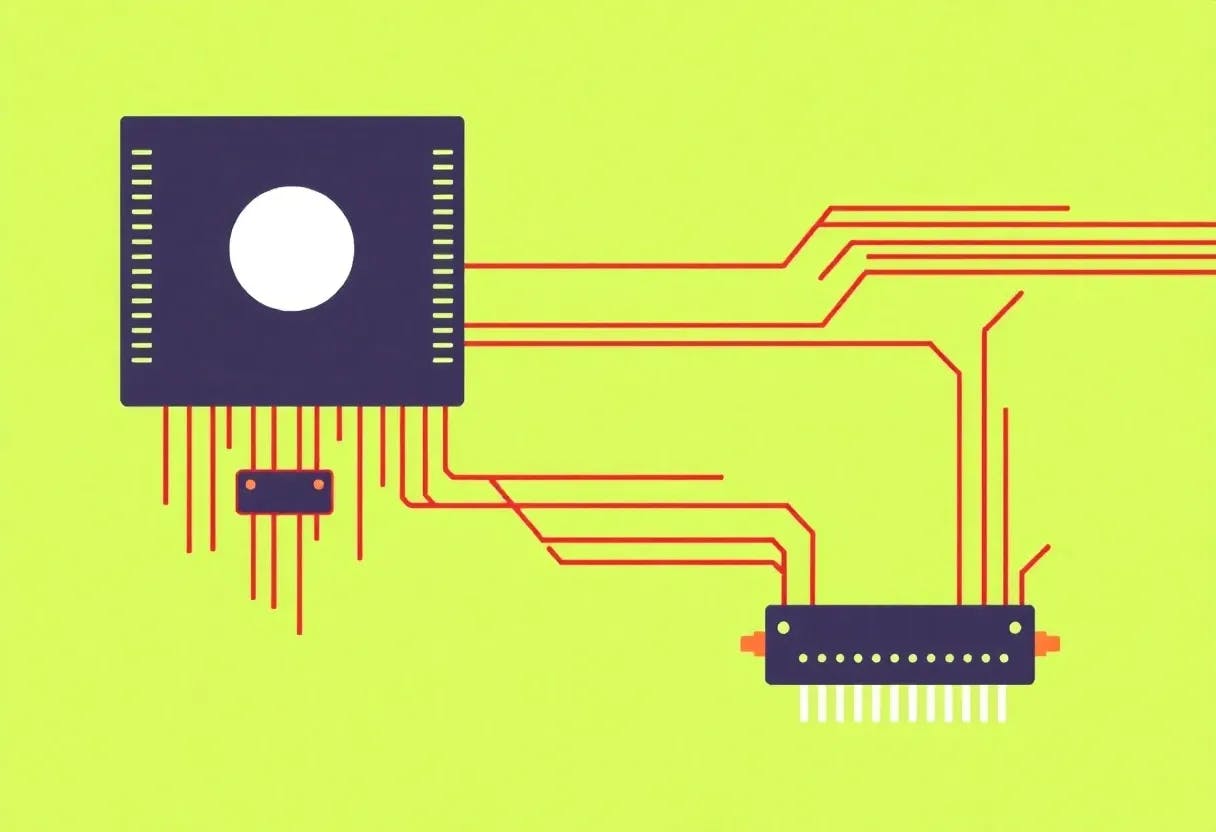As some movie franchises evolve, the creators behind them decide to fill out the story in a nonlinear way. Newer movies might be prequels, and sometimes you get movies like Rogue One which isn’t meant to be a mainline Star Wars film, but slots neatly into the continuity anyway.
So a common question is whether you should watch a franchise in the order the films were released, or in the order of the in-universe timeline. “Always in release order” seems to be common advice, but I don’t think that’s universally true in every case. Whether you’re watching something for the first time, watching it again, or trying to introduce someone else to your favorite series of films, the watch order depends on what you’re trying to get out of the experience.
Why Release Order Usually Works Best
While I don’t think it’s always the best approach, I do think that most of the time you should watch a series of movies in the order they were released and not in the order of the timeline. The main reason for this is that the people making the movies are aware of what fans of the franchise have already seen. The movies are usually made under the assumption that you’ve seen other movies in the franchise, and so the narrative is written using that assumption.
If you decide to watch chronologically instead, the writing might come across as strange, as you’re shown stuff that means nothing to you early in the story. Of course, this only really matters if you’re watching the franchise for the first time.
If a franchise, like Star Wars, has been in production for many decades, then you can also experience some pretty heavy whiplash as the filmmaking techniques and technology jump all over the place. If you watch the nine main Star Wars films in chronological order, you’re going from late 90s/early 2000s CG back to the 70s and 80s, and then straight to modern CG and the grimdark visual style of the time. Whether this actually bothers you is a matter of personal taste, and in some cases it’s not an issue because the films are pretty close to each other visually, as is the case with the Marvel Cinematic Universe.
When Chronological Order Makes Sense
So, when is it best to watch a franchise in chronological order? I think the primary case here is when you want to make the story as straightforward as possible for someone. Not everyone has the energy or mental capacity to follow the twists, turns, and time jumps some franchises put us through. So if you want to introduce, for example, your children to a favorite franchise, do it in chronological order.
The other main situation where I’d want to do things in chronological order is if there are spinoffs and TV shows to slot into the continuity. Star Wars is currently the franchise that benefits the most from this. I have already mentioned Rogue One as a movie that I always include with the main nine films, but there are now numerous TV shows (e.g. Ashoka and The Mandalorian) that you might want to include in the continuity.
Also, as I hinted at already, watching in chronological order is great if you’ve already watched the franchise in release order. You already know all the twists and turns, and it lets you experience the story in a new way. It might even help you notice new things, and straighten out some timeline confusion you didn’t know you had.
Examples of Popular Franchises and How to Watch Them
So now that we’ve covered the main pros and cons of each approach to watching a franchise, let’s look at four popular franchises and how each choice affects them.
Star Wars
If you’re going to have someone watch Star Wars in chronological order, you’ll be spoiling the biggest reveal in movie history—who Luke’s father is. Yes, the prequels assume you already know this, so for someone watching Star Wars for the first time ever, this would be a pretty mean thing to do.
However, if you watch it in chronological order, the story is easier to follow, and if you want to include the brilliant Clone Wars cartoon, this is the best way to do it.
There is a third method known as the “machete” order, where big reveals are preserved while keeping the story as coherent as possible.
The Marvel Cinematic Universe
If you watch the MCU movies and shows on Disney+, you’re actually given the option to watch things in chronological order instead of release order. This makes it one of the easiest franchises to watch in chronological order, because all the work has already been done for you.
I think this is one franchise where the chronological order is the least problematic, but if you watch in release order (and it’s your first time) you get to experience how the MCU unfolded, and it really is more exciting that way.
There’s also a third “hybrid” option here where you watch the movies in release order up to Avengers, and then watch them in chronological order from there. The arc up to The Avengers is one of the best in movie history, and the MCU never reaches that height again.
The Lord of the Rings/The Hobbit
There’s no reason to prefer one order over another here. Just like Tolkien’s books, LOTR is a self-contained story that does not expect or require that you’ve seen or read The Hobbit. The earlier story was a children’s book, and really it’s ultimately more for interest and deeper exploration of characters like Gollum and Gandalf.
Of course, there’s the wrinkle of The Rings of Power, which is, of course, set before The Hobbit, but if I’m being honest, no one should watch that. For adult viewers, watch (the extended) LOTR trilogy in order, and then watch the hobbit movies if you feel like it. For younger viewers, it’s actually a good idea to have them watch the hobbit films first, since it will make the LOTR movies easier to understand and, frankly, less boring for those with shorter attention spans.

- Subscription with ads
-
Yes, via Prime membership or $9/month
- Simultaneous streams
-
3
- Live TV
-
No
- Price
-
Included with Amazon Prime subscription ($15/month or $139/year) or $9/month standalone
The X-Men Movies
With the release of Deadpool 3 and Disney’s buyout of Fox, the Fox universe X-Men franchise has come to an end, and whatever remains is being rolled into the MCU. However, you can just include these movies in the MCU chronology, so you need a strategy to watch them. My advice is to stick to the release order.
While there’s some jumping back and forth in the timeline here, watching them in chronological order actually makes it painfully obvious that the movies contradict one another’s events, and it’s almost like they aren’t actually in the same film universe.
Don’t think about it too deeply; the filmmakers didn’t.
A Cheat Sheet for Watch Order
With those examples done, let’s break it down to some basic questions, so that you can figure out whether you want to do release order or chronological for any franchise.
- First time? Always watch in release order.
- Rewatching? Try chronological or another custom watch order for a fresh experience.
- Young or disengaged audience? Do chronological.
- Do prequels spoil plot points? Release order.
- Is the continuity super-convoluted and hard to follow? Chronological.
Of course, I could just keep going on, but it should be obvious that there’s no blanket answer here. A lot depends on the specifics of the franchise un question and how it was structured.
The most important thing is not to listen to every superfan’s opinion on watch order. Watching in release order is always the safest bet, and you always have the option to do something different in the future. Don’t try to make your first viewing “perfect”, just watch the movies as intended, and leave the forum wars for later.












